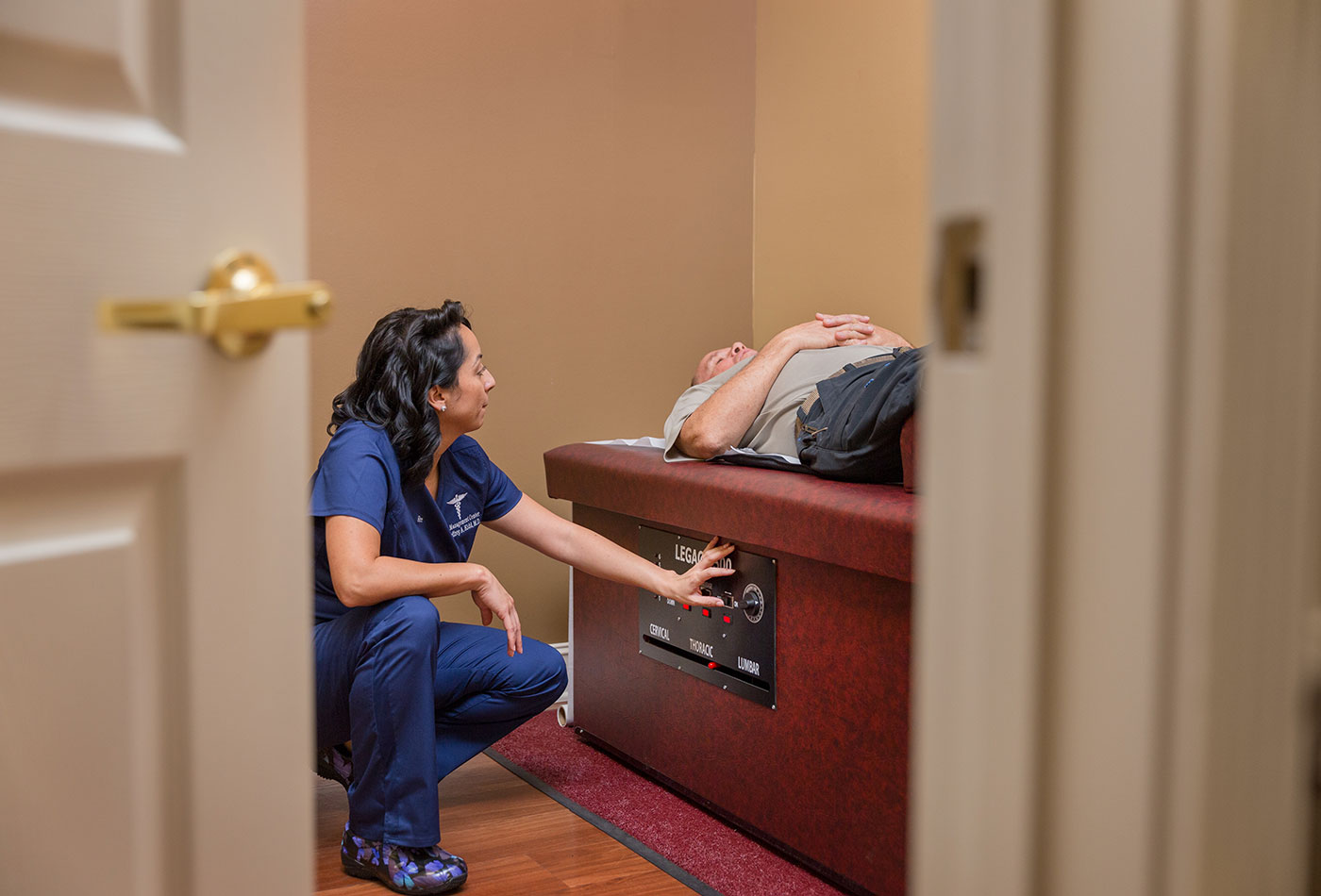Spinal Cord Injury and Pain
There are about 240,000 patients with spinal cord injuries (SCI) in the Unites States; 86% of individuals with SCI report pain at 6 months post- discharge, with 27% of these individuals reporting pain that impacts most of their daily activities. Patients can have pain both at the level of spinal injury and at the level below the injury. Pain intensity is not associated with the magnitude of the spinal lesion, location of the lesion, occurrence of myofascial pain syndrome or the onset of pain. However, pain is usually more severe in patients with gunshot injuries.
 Pain after SCI may be from different sources. These sources include neuropathic, musculoskeletal and visceral pain. Neuropathic pain after SCI is further divided into central and segmental pain. Central neuropathic pain often begins within weeks or months after injury. It is generally described as a burning, sharp or shooting pain. Patients feel pain at or below the level of injury in areas where there is partial or complete loss of sensation to the touch. Central pain is believed due to deafferentation caused by spinal cord injury. Astrocytic activation in the spinal cord, upregulation of chemokines, and hyperexcitability of wide dynamic range neurons in the spinal dorsal horn rostral to the lesion have been suggested to cause the neuropathic pain after SCI. Segmental pain often occurs around the border of injury. It usually develops within the first few months following an injury. Allodynia and hyperalgesia are common. Nerve root entrapment could lead to severe segmental pain. Patients may describe stabbing or sharp pain or a band of burning pain at the level of injury. Syringomyelia, with a cyst ascending from the level of the SCI, may occasionally cause central pain.
Pain after SCI may be from different sources. These sources include neuropathic, musculoskeletal and visceral pain. Neuropathic pain after SCI is further divided into central and segmental pain. Central neuropathic pain often begins within weeks or months after injury. It is generally described as a burning, sharp or shooting pain. Patients feel pain at or below the level of injury in areas where there is partial or complete loss of sensation to the touch. Central pain is believed due to deafferentation caused by spinal cord injury. Astrocytic activation in the spinal cord, upregulation of chemokines, and hyperexcitability of wide dynamic range neurons in the spinal dorsal horn rostral to the lesion have been suggested to cause the neuropathic pain after SCI. Segmental pain often occurs around the border of injury. It usually develops within the first few months following an injury. Allodynia and hyperalgesia are common. Nerve root entrapment could lead to severe segmental pain. Patients may describe stabbing or sharp pain or a band of burning pain at the level of injury. Syringomyelia, with a cyst ascending from the level of the SCI, may occasionally cause central pain.
Musculoskeletal pain in this group of patients may be due to muscle spasms below the level of SCI and arthritis in disused joints. Pain is generally described as dull or aching. It is usually worsened by movement and eased with rest. Visceral pain may begin a short time following SCI. It could be related to the constipation and urinary retention due to sphincter dysfunction. It may occur in the abdomen, above or below the level of injury. The pain is often described as cramping, burning and constant.
Pain management after SCI is difficult. Pharmacological and rehabilitative procedures are effective in only about 38% of patients. However, the initial work up should be aiming at identifying the pain source. Different kinds of pain may respond differently to treatments. For neuropathic pain, medications such as gabapentin, amitriptyline and nortriptyline, may ease the pain in some patients. Intravenous lidocaine may provide temporary pain relief. Intrathecal baclofen therapy may reduce chronic musculoskeletal pain associated with spasticity and improve the patient’s quality of life. Intrathecal morphine and clonidine offer limited help to relieve the pain. Thalamic stimulation and motor cortex stimulation have been reported to be effective in some cases. Use of the spinal cord stimulator lacks long-term efficacy for the relief of spasticity and pain in the SCI and is believed not to be cost-effective. Dorsal root entry zone lesions and dorsal rhizotomy have also been used with limited success. Appropriate management of bowel or bladder dysfunction may help ease visceral pain. If an ascending syrinx is present, surgical drainage may be effective in relieving the pain.


